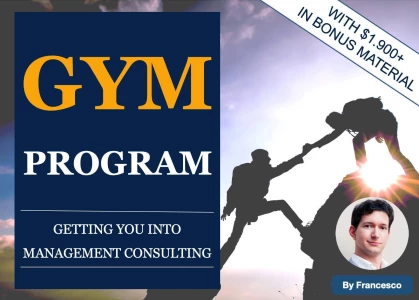Hey guys!
In most of the cases I do financial part of analysys pretty well but I sometimes struggle with non-financial parts to consider in the cases. Are there any suggestions how to deal with non financial branches? Or is there a MECE way to do it? Any ideas? By financial I mean expected (calculated) revenue and costs













